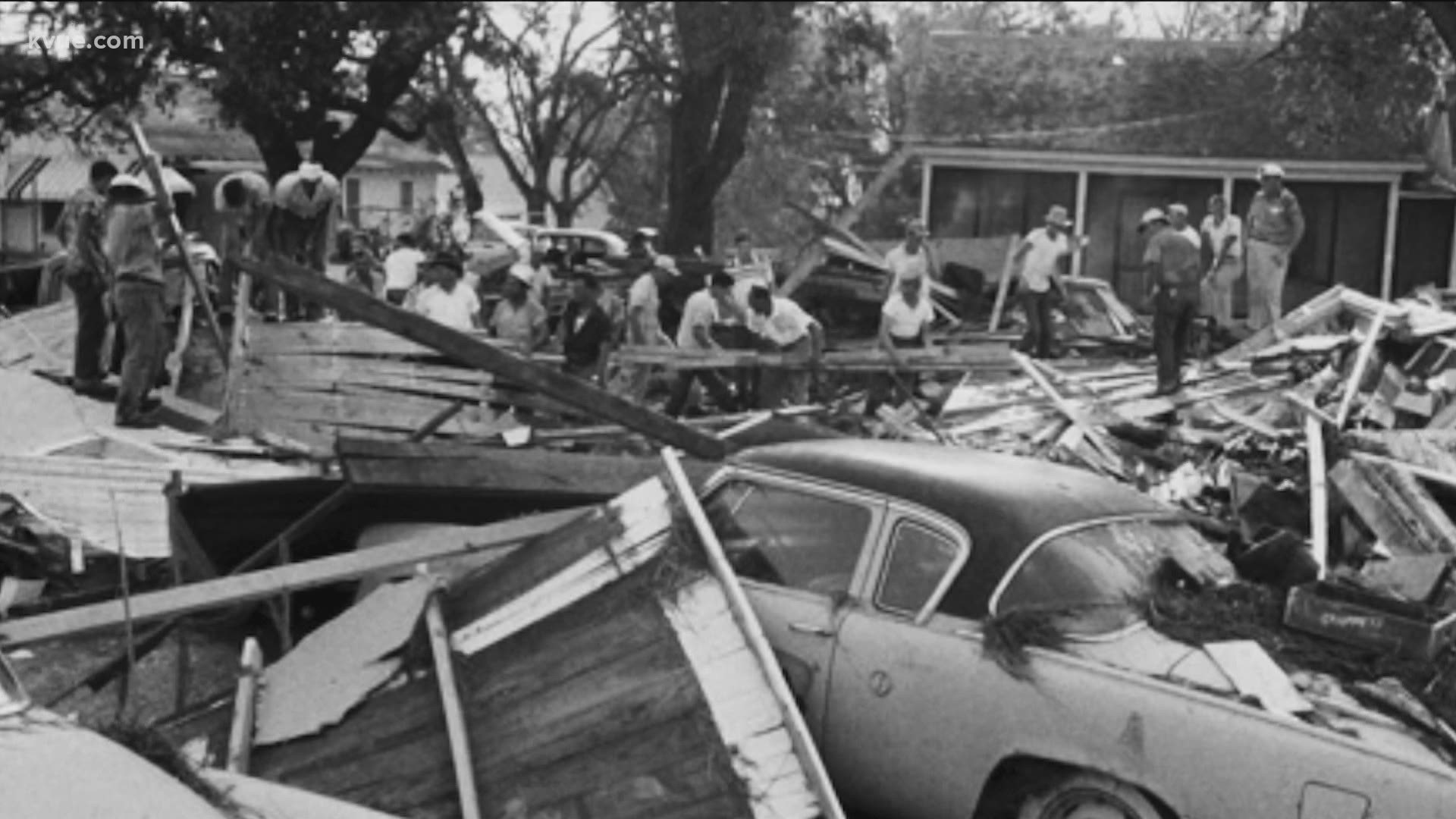AUSTIN, Texas — On June 27, 1957, one of the five deadliest hurricanes in U.S. history slammed ashore near the mouth of the Sabine River on the Texas-Louisiana border. More than 400 people died.
In an era before there were weather satellites, it was harder to predict the timing of a storm's arrival. Back then, only ground-based radar near the shore could capture the crude outline of a hurricane as it drew near the coastline.
For the people of Cameron, Louisiana, the warnings came too late to get to safety. The high death toll was blamed on the incompleteness of evacuations when the storm suddenly increased its forward motion.
Weather historians also blame a lack of urgency in the warnings that were issued, and even blamed local politicians for editing weather bulletins before they were broadcast to minimize the severity of the approaching storm.
Emergency workers say there were many lessons learned from the tragedy of Hurricane Audrey – above all, the importance of evacuating areas in the path of a Gulf storm.
With today's advances in forecast technology, we now have days and sometimes weeks to follow the path of a hurricane and time to prepare before it's too late. Something that sadly didn’t happen for the people of southwestern Louisiana all those years ago.

